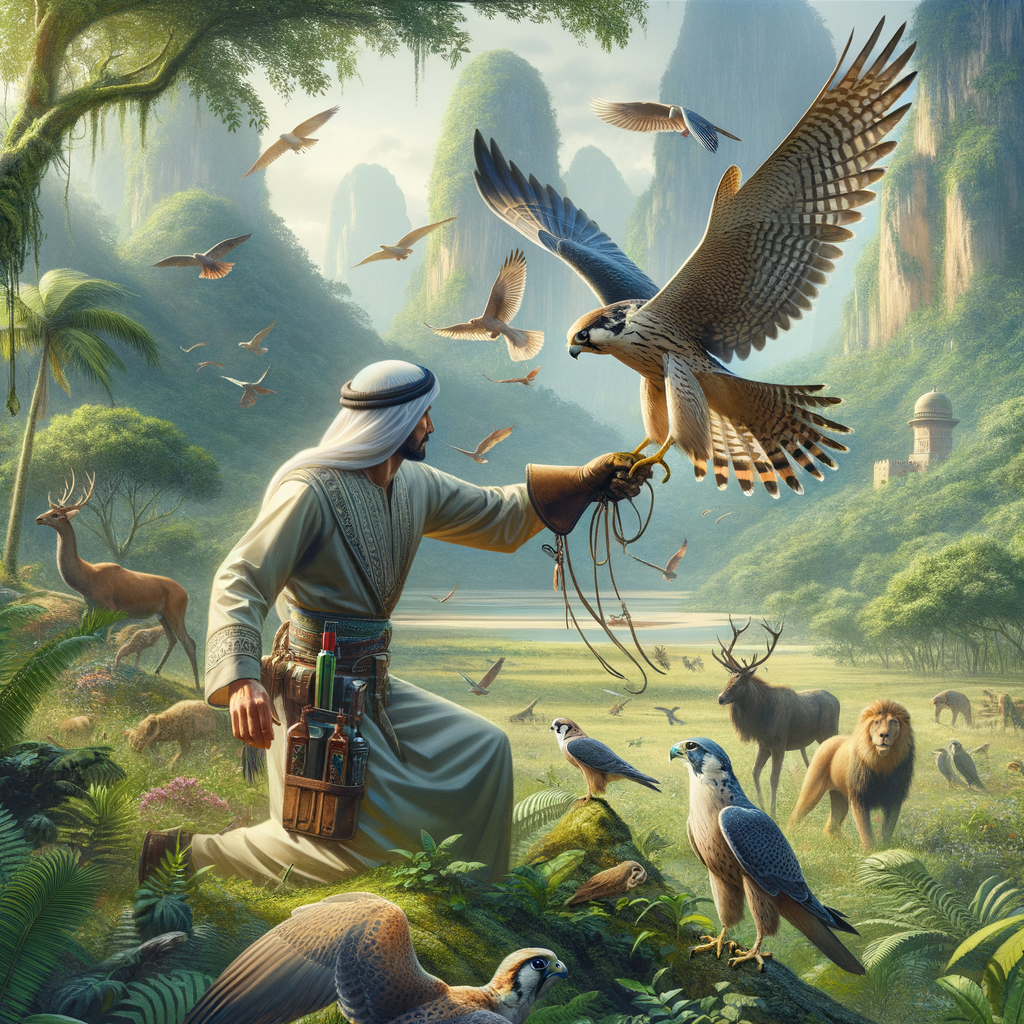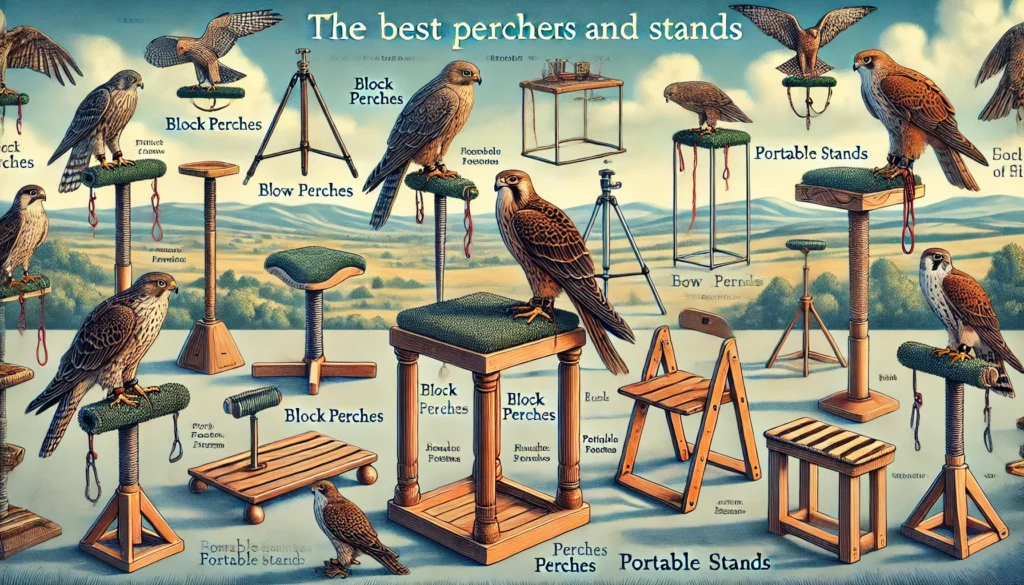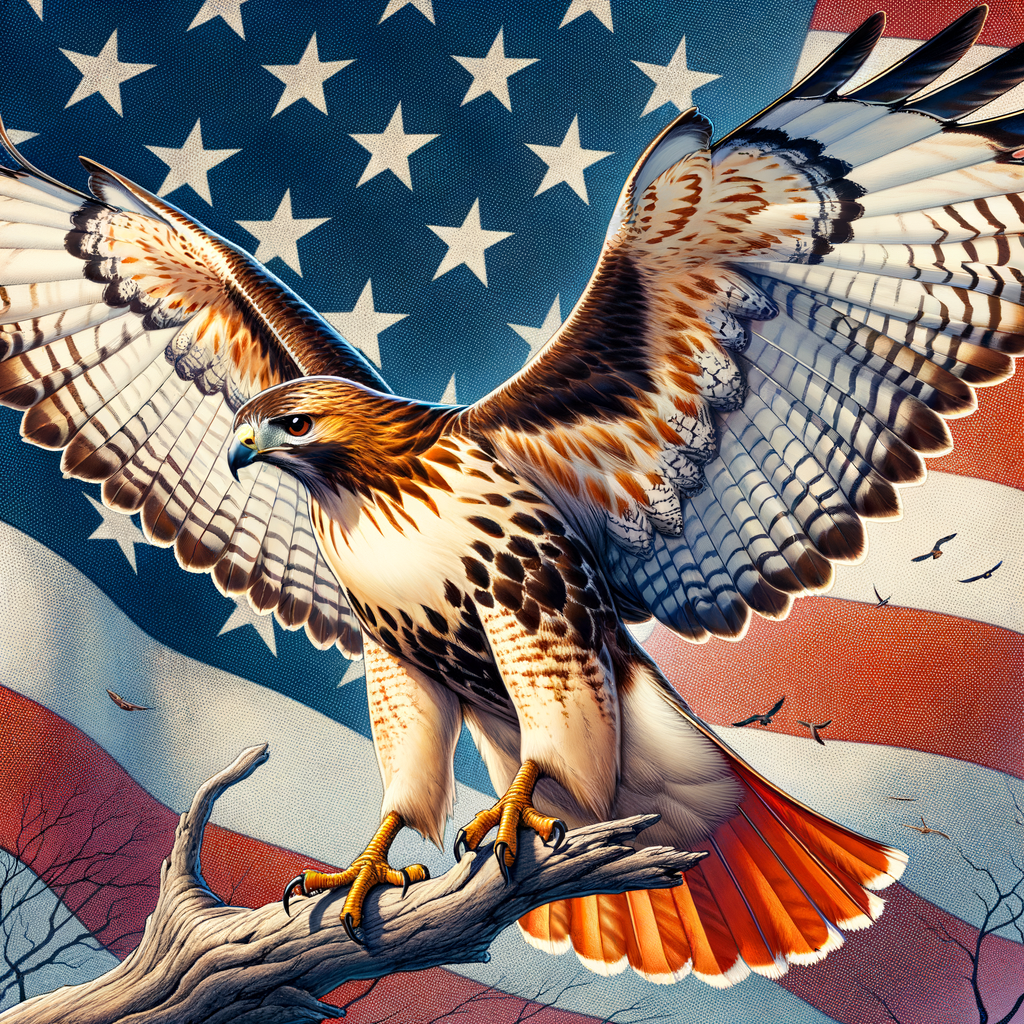Key Highlights on Falconry and Wildlife Management
- Introduction to Falconry: Learn Falconry is a great way to connect with nature through the ancient art of training birds of prey.
- Wildlife Conservation: Falconry plays a crucial role in wildlife management and conservation efforts by helping to control and balance animal populations.
- Eco-Friendly Practice: It is an environmentally friendly practice that contributes to the health of ecosystems.
- Educational Benefits: Practicing falconry helps raise awareness about wildlife and the importance of preserving natural habitats.
- Hands-On Experience: Learn Falconry offers direct interaction with birds, providing a unique opportunity for hands-on learning.
- Cultural Heritage: Falconry is not just a hobby; it’s a cultural heritage that has been practiced for thousands of years.
- Skilled Training: Becoming a falconer requires dedication and skill, but it is a rewarding experience for anyone passionate about wildlife.
- Community and Support: Join a community of like-minded individuals who share a love for birds and nature.
- Conservation Programs: Participating in falconry can support broader conservation programs aimed at protecting various bird species.
- Fun and Educational: It’s a fun way to learn about biology, ecology, and the natural world while participating in an active and engaging hobby.
Ready to start your journey with falconry? Learn Falconry is here to guide you every step of the way!
Discover the Magic of Falconry and Wildlife Management
Welcome to the world of falconry and wildlife management! At Learn Falconry, we believe that understanding the incredible relationship between humans and these majestic birds is essential. Falconry isn’t just an ancient art; it’s a modern tool for keeping ecosystems balanced and thriving.
In this article, we’ll take you on an exciting journey where you’ll learn how falconry helps in wildlife management and why it’s a crucial practice in today’s world. So grab a cozy seat, keep reading, and let’s dive into the magic and importance of this ancient yet vital practice. You won’t want to miss it!
Falconry and Wildlife Management: Balancing Nature with Birds of Prey
Imagine using the speed and skill of a falcon to help control wildlife populations effectively. This ancient art, known as falconry, not only showcases the bond between humans and these magnificent birds but also plays a significant role in wildlife management.
The Role of Falconry in Wildlife Control
Falconry for wildlife control has been practiced for centuries. The primary idea is to use trained birds of prey to manage the population of smaller animals like rodents and other pests that can cause harm to crops and property. By harnessing the natural hunting instincts of falcons, we can reduce the need for harmful chemicals and methods that might disturb the ecosystem.
More and more people are rediscovering this sustainable method, especially as part of modern wildlife management practices. Falcons are trained for different scenarios, such as chasing away pest birds in airports or protecting crops from being eaten by rodents. To learn more about how to train your falcon for such tasks, visit our training a falcon.
Falconry for Conservation: Protecting Our Environment
Falconry also plays a crucial part in conservation efforts. Using falcons helps to maintain a balance in the ecosystem. This practice ensures that populations of small animals and birds don’t grow too large and disrupt the environment. Additionally, falconry for conservation helps preserve endangered species by using captive breeding programs to reintroduce falcons into the wild.
To further understand the role of falconry in conservation, you can delve into the fascinating ways in which this art aids habitat restoration and supports biodiversity. This vital knowledge is detailed on our falconry and conservation page.
Essential Equipment for Falconry
Engaging in falconry requires various specialized tools and equipment to ensure the health and skill of the trained falcons. From hoods and telemetry gear to perches and falconry lures, having the right equipment is crucial. Check out our comprehensive guides on essential falconry gear at falconry equipment.
Learning the Techniques
Whether you are a beginner or an expert, understanding the correct techniques is fundamental to successful falconry. Techniques differ based on the type of falcon being trained and the specific wildlife management tasks they need to perform. From basic training to advanced hunting techniques, proper knowledge will ensure that both the falcon and the handler work harmoniously together.
If you’re just starting or wish to advance your skills, visit our sections on beginners guide to falconry and advanced falconry techniques.
Legal Aspects of Falconry
It’s important to understand the legal requirements associated with falconry. These include necessary permits, laws regarding the protection of species, and regulations about where and how falconry can be practiced. Knowledge of these legal aspects ensures compliance and promotes ethical practices. For more information, refer to legal aspects of falconry.
The Historical Context
Falconry has a rich history that spans different cultures and centuries. This ancient practice has evolved, turning into a sophisticated method for wildlife management and conservation. To appreciate the depth of this practice, explore our section on the history of falconry.
By understanding and utilizing the principles of falconry in wildlife management, we can promote a more balanced and sustainable environment. May your journey with these majestic birds be both enlightening and rewarding.
Learn Falconry Wildlife Management in 2024
Utah Falconry Permits and Seasons
In Utah, the 2024 falconry take application period for peregrine falcons runs from February 1 to March 31. During this time, falconers can apply for one of the 17 available falconry take permits, with 16 designated for Utah residents and 1 for non-residents. The peregrine falcon take season stretches from May 1 to August 31. Be sure to use the Federal 3-186a database to document capture, transfer, banding, or rebanding of falconry birds, and send copies to the Utah Division of Wildlife Resources.
Ohio Falconer Certification
In Ohio, falconry as a sport is tightly regulated, requiring aspiring falconers to find a sponsor, pass a falconry exam, and complete a hunter education course. The permits are issued every three years, costing $75 ($25 per year). Regulations are enforced by the Ohio Department of Natural Resources (ODNR) and the U.S. Fish and Wildlife Service.
Key Dates and Applications
For efficient wildlife management through falconry, it’s essential to adhere to various deadlines and application dates. Below is a table summarizing crucial dates:
| State | Event | Dates |
|---|---|---|
| Utah | Peregrine Falcon Take Application | Feb 1 – Mar 31, 2024 |
| Utah | Peregrine Falcon Take Season | May 1 – Aug 31, 2024 |
| New York | Falconry Examination | April 12, 2024 |
| New York | Falconry License Renewal Deadline | Dec 31, every 5th year after issuance |
| Rhode Island | Public Hearing on Falconry Regulations | May 15, 2024 |
Federal and State Regulations for Wildlife Management
The U.S. Fish and Wildlife Service’s Federal 3-186a database is back online and should be utilized for precise documentation. Additionally, federal proposals for hunting regulations for the 2024-25 season are under consideration, emphasizing the seamless cooperation between state and federal agencies to protect migratory birds. In states like Oregon, this cooperative effort significantly aids the conservation of these species.
Falconry and Conservation Initiatives
The International Association for Falconry and Conservation of Birds of Prey (IAF) provides training and conferences focused on the welfare of raptors. For instance, the joint CEM-SUME â IAF Conference in June 2023 in Cape Town addressed sustainable wildlife use. Falconers also play pivotal roles in modern conservation, focusing on initiatives like increasing nesting substrates and reducing electrocution risks.
Kestrel and Goshawk Monitoring Projects
In the SuperSanctuary, significant efforts involve tracking and studying species of greatest conservation need. The Harris Center has documented vital breeding territories for the American Goshawk and tracked Broad-winged Hawk nests for migration studies. Their American Kestrel conservation project has nearly doubled nest boxes, strategically placed in suitable habitats to bolster local kestrel populations.
Wood Duck Conservation Efforts
The Harris Center has taken steps to support Wood Duck populations by installing 10 nest boxes in various locations within the SuperSanctuary. Annual monitoring and maintenance of these boxes help track their use by Wood Ducks and other local waterfowl, contributing to long-term conservation efforts.
Falconry Licensing in New York
In New York, obtaining a falconry license through the Department of Environmental Conservation (DEC) involves meeting specific requirements, such as reporting and license renewal procedures essential for maintaining compliance and supporting local raptor conservation initiatives.
In summary, falconry remains a crucial component of wildlife management and conservation, driven by state regulations, federal requirements, and dedicated projects aimed at sustaining raptor populations and their natural habitats.
Ensuring Wildlife Conservation through Falconry
As we’ve explored, wildlife management and falconry play crucial roles in conserving nature’s delicate balance. This year, multiple important dates and regulations have been established, ensuring the sustainable practice of falconry across various states and regions. From Utah’s peregrine falcon take seasons to Ohio’s licensing process and critical application deadlines, each aspect works towards fostering responsible falconry practices.
Furthermore, national and international efforts like the IAF welfare course and conservation conferences emphasize the importance of ethical falconry. Protective measures, such as monitoring American Goshawk breeding territories and expanding American Kestrel nesting programs, demonstrate ongoing dedication to preserving our raptor populations.
Falconry isn’t just a sport; it’s a commitment to the stewardship of wildlife. By following these guidelines and actively participating in conservation initiatives, you can help safeguard our precious ecosystems. Remember, every falconer can make a significant difference in wildlife management and conservation. Join us at Learn Falconry to stay informed and be part of this essential mission for our planet.



